Report this entry
More from the same community-collection
David S. Billingsley and Helen L. Billingsley
These children are identified as David S. Billingsley and Helen ...
Billy Wilson and Mrs. U.S. Stewart
Mrs. Ulysses S. Stewart was married to a cashier of the First ...
International Bridge - circa 1895
This view shows two boys on horse or mule back, with a glimpse ...
Group of Women in a Religious Procession
Groups of women dressed in white gowns walking down Mesa street ...
Captain Jack Crawford, the Poet Scout
A Civil War veteran, scout with General Crook, actor in Buffalo ...
Barricade on Commercial Street, Juarez
The picture was taken at Calle de Comercio, Juarez, during the ...
El Paso Chamber of Commerce - El Paso, Texas
Chamber of Commerce, El Paso, Texas. Visible: A gray building ...







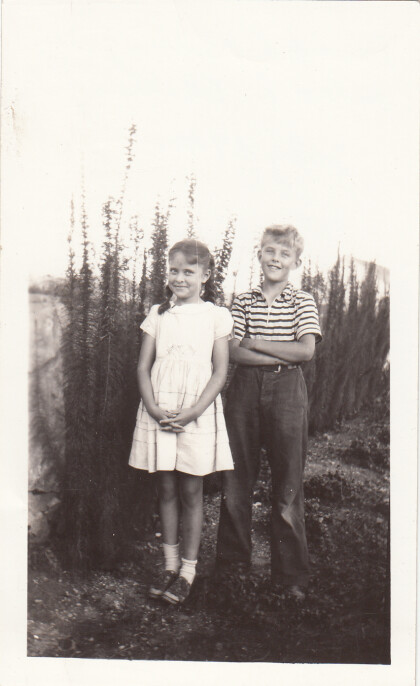
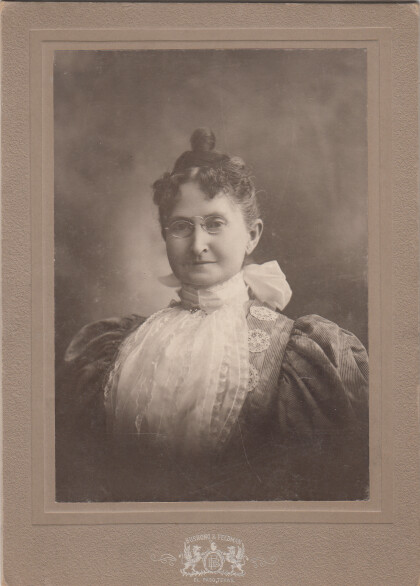
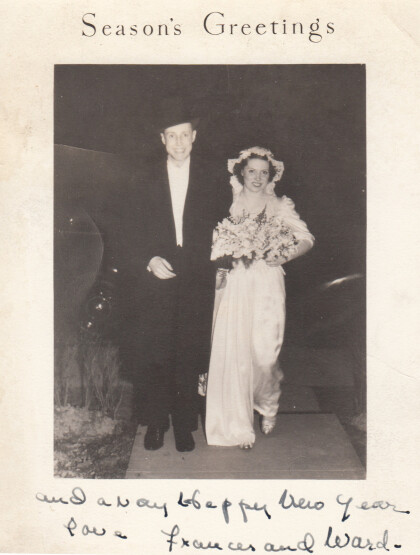
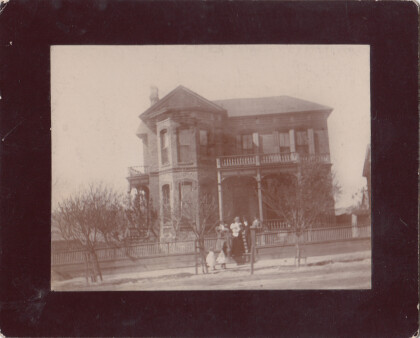
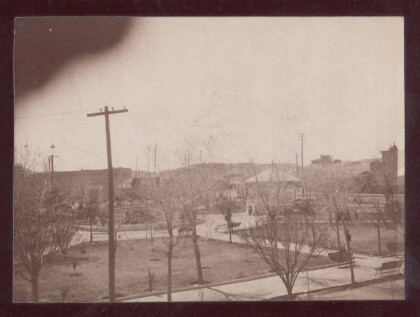
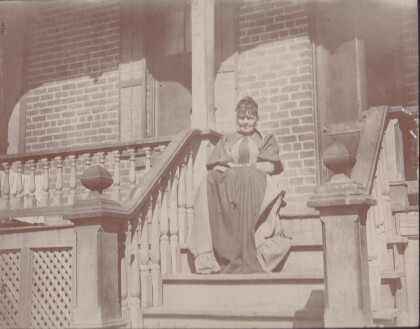
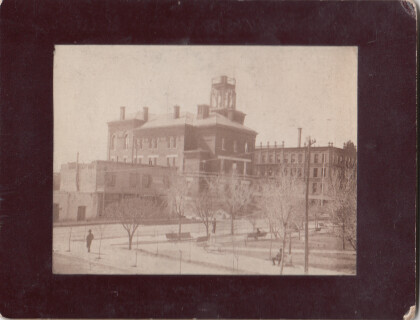
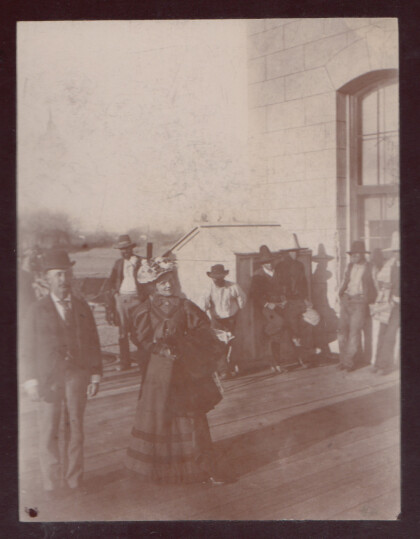
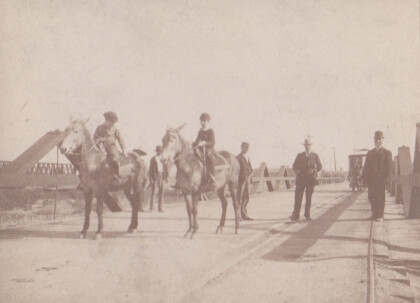
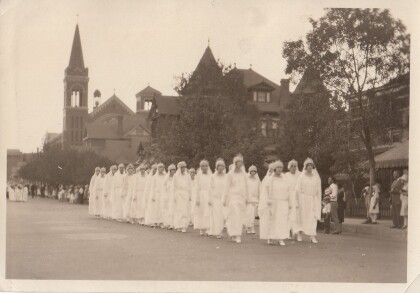
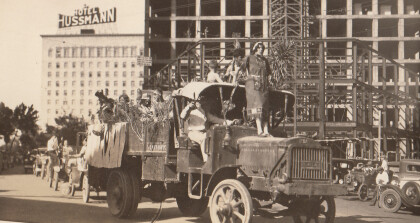
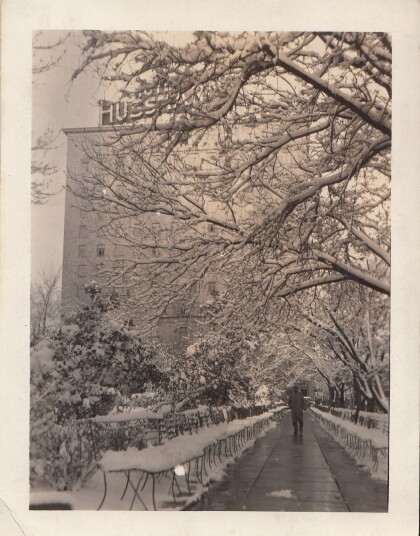
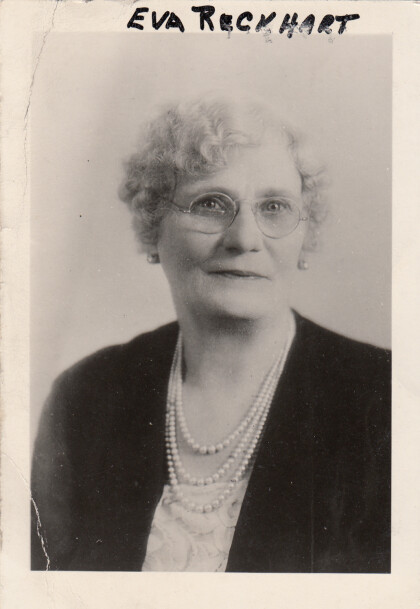
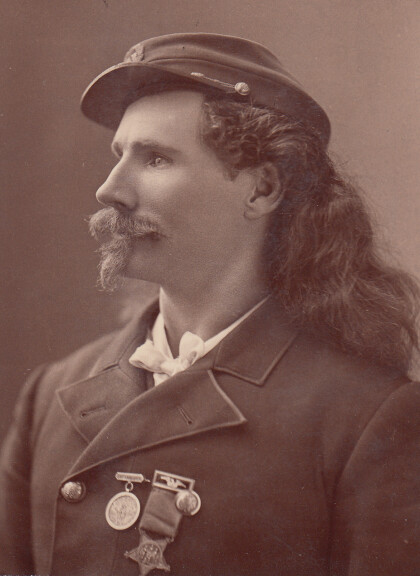
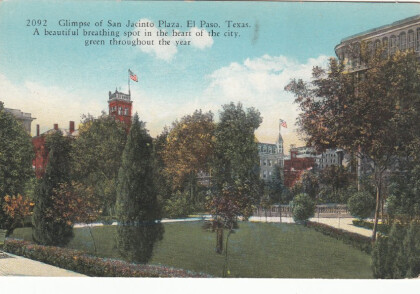
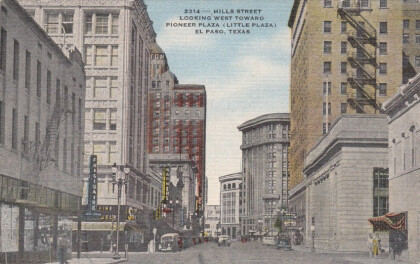
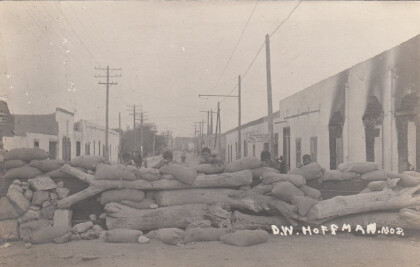
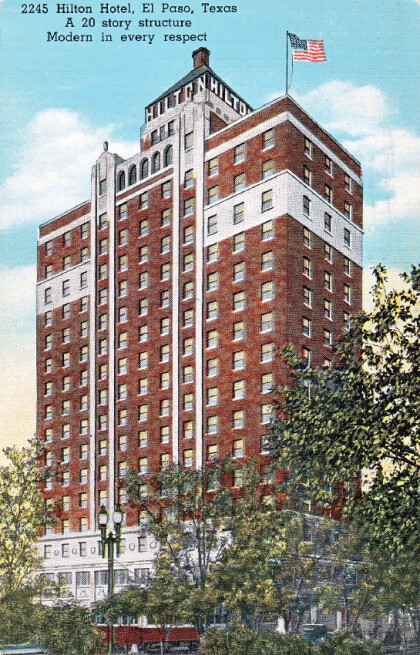
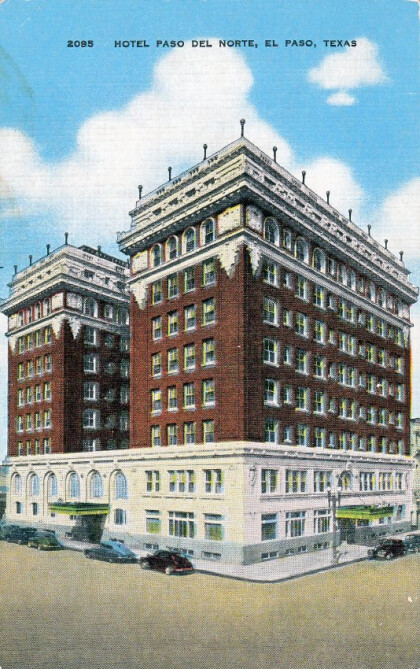
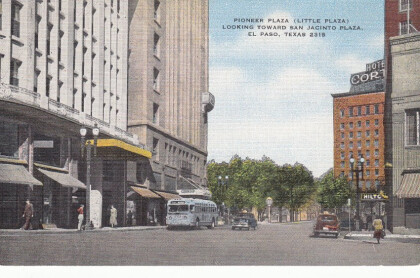
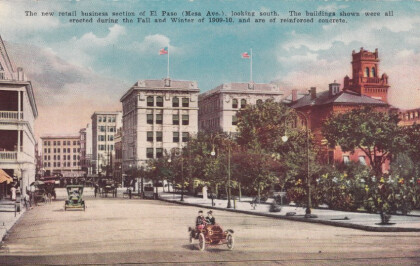
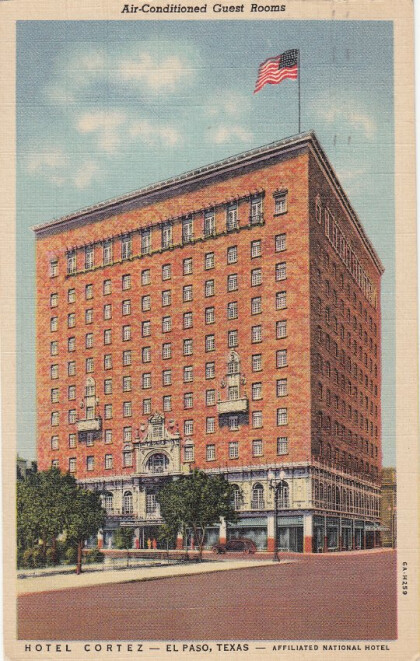
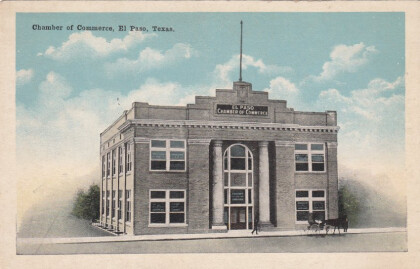
Comments
Add a comment